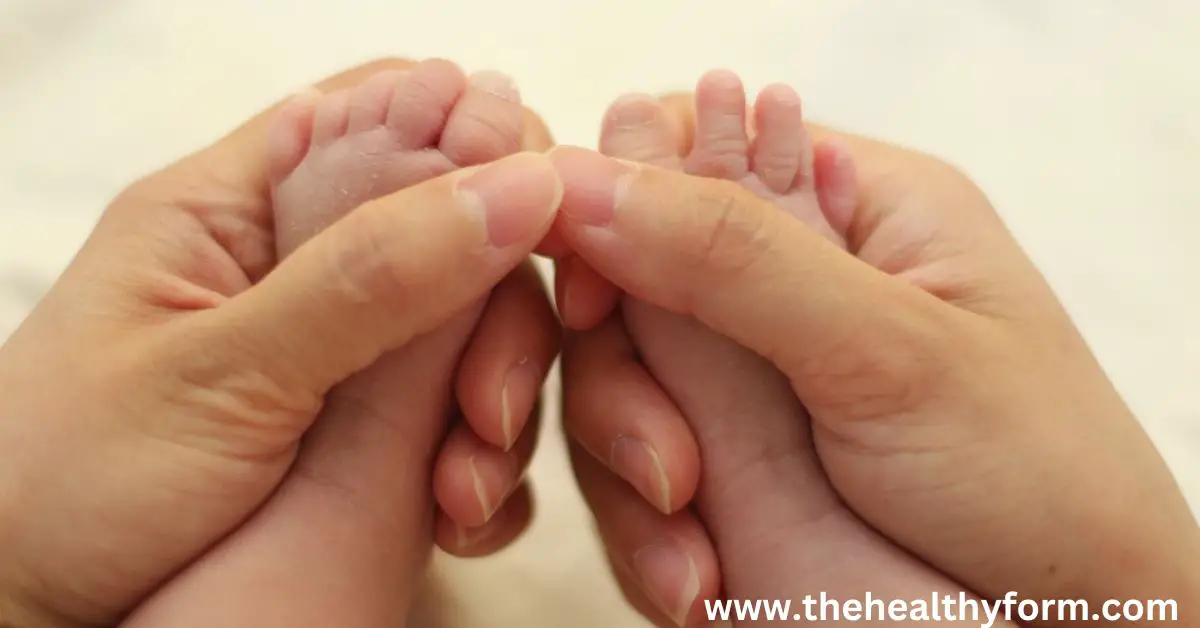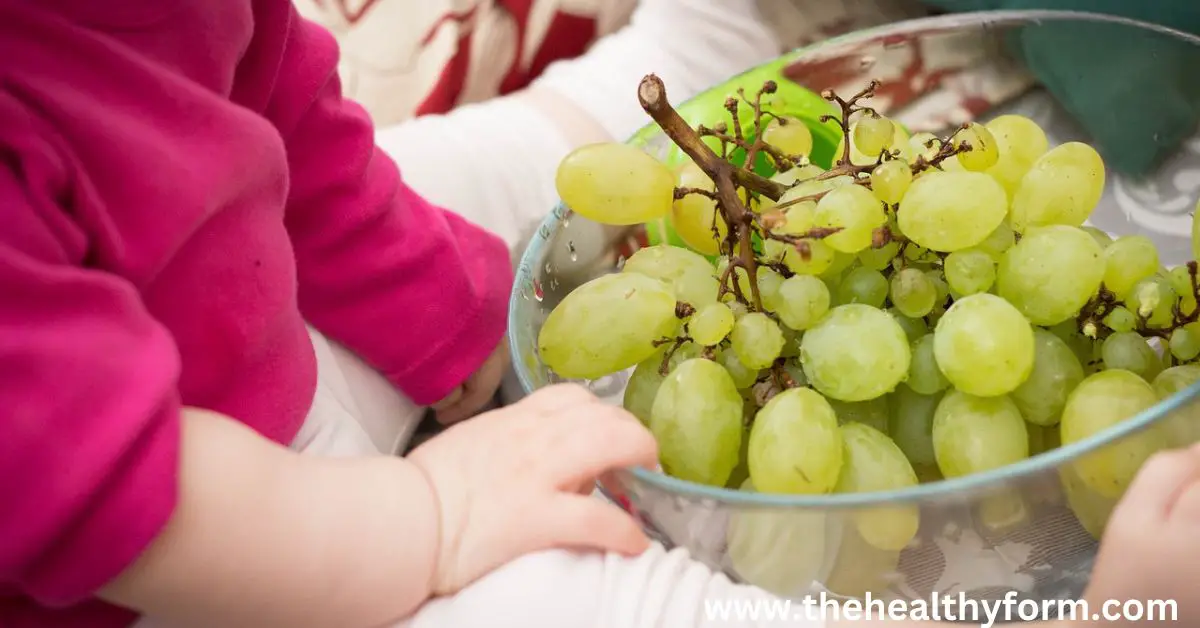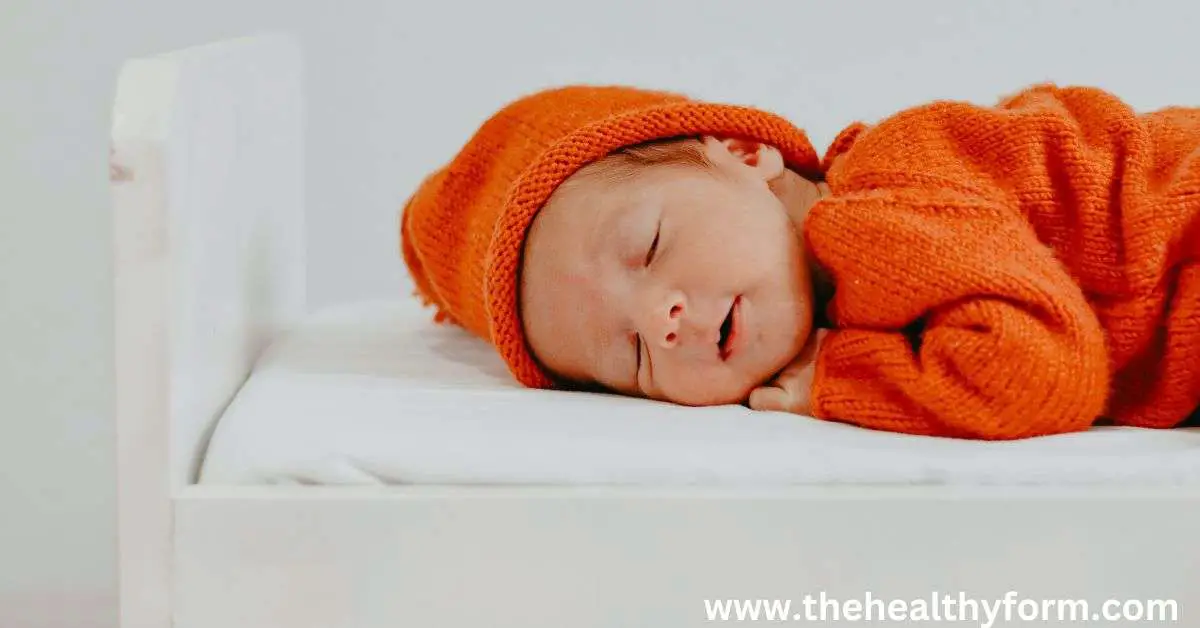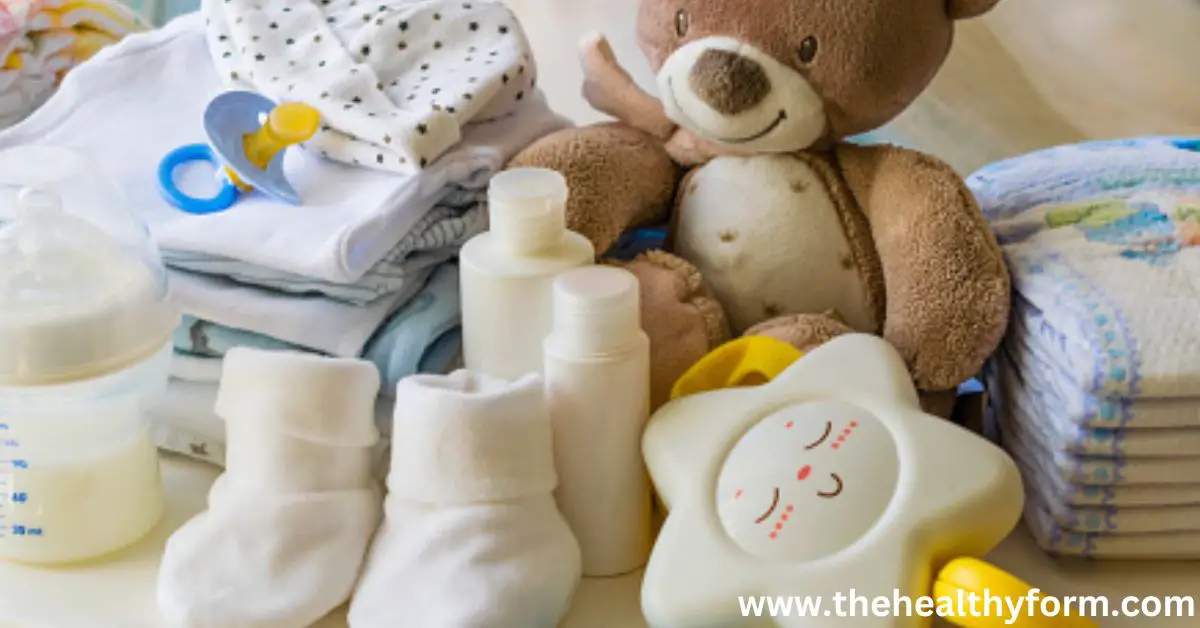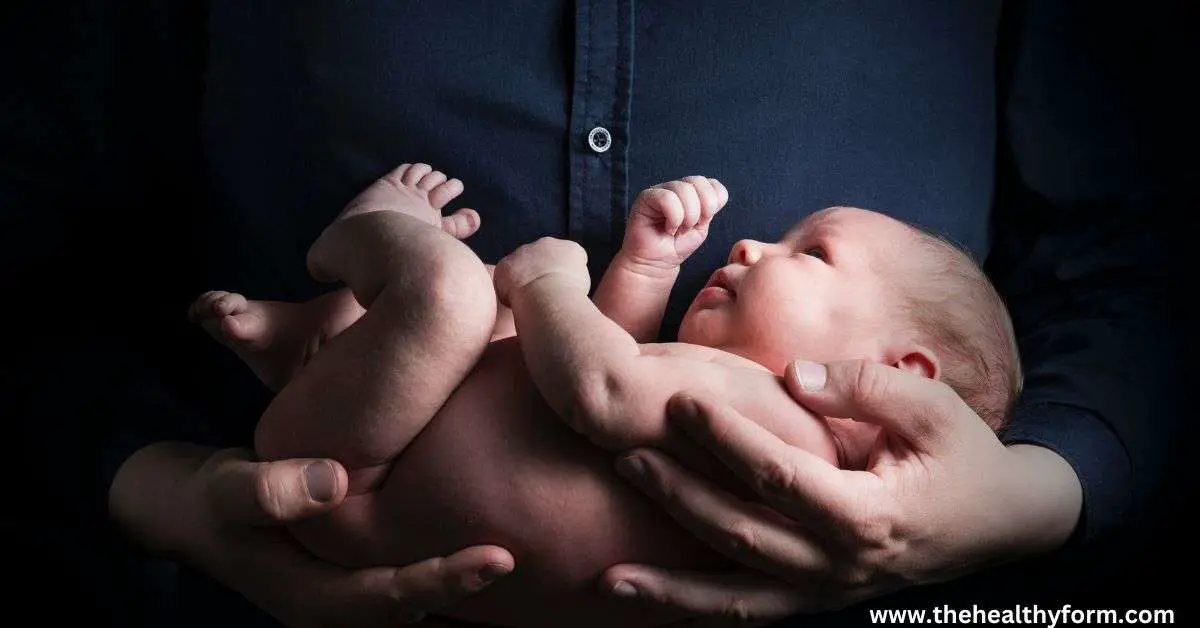How to Create a Safe Sleep Environment for Your Baby
As a parent, Create a Safe Sleep Environment for Your Baby. Your number one concern is keeping your baby safe. Create a Safe Sleep Environment for Your Baby. One important way to do this is by creating a safe sleep environment for your little one. This can prevent accidents and encourage healthy sleep habits. In this article, we will delve into the importance of creating a safe sleep environment for your baby and offer tips on how to do so.
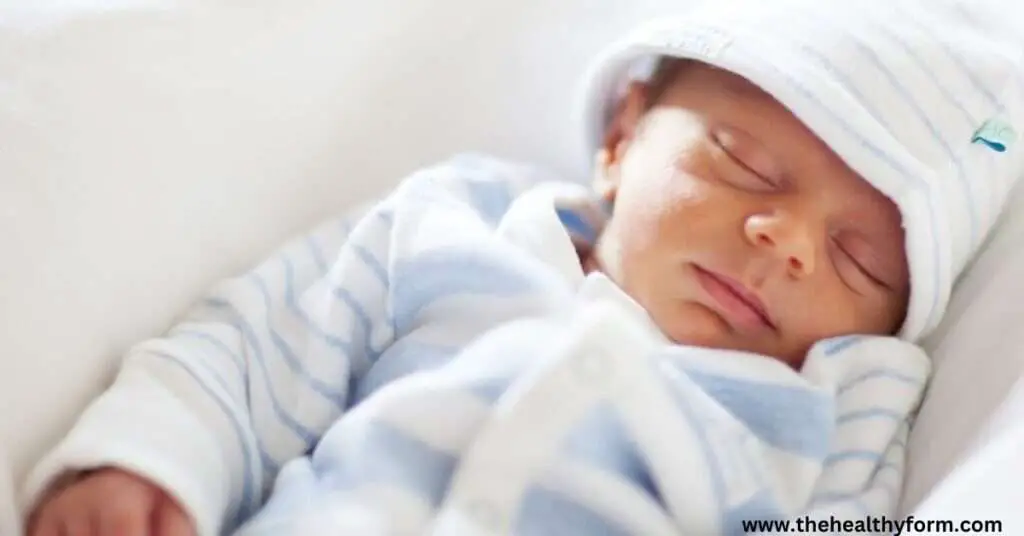
Safe sleep guidelines
The American Academy of Pediatrics (AAP) recommends that babies be placed on their backs to sleep on a firm, flat surface free of soft bedding or objects. The AAP advises against using loose bedding, including bumper pads and blankets, in the baby’s sleep area. In addition, the AAP recommends keeping the room at a comfortable temperature, avoiding overheating, and avoiding smoking during pregnancy and around the baby.
SIDS prevention
SIDS, or sudden infant death syndrome, is the leading cause of death in infants under one. While the exact cause of SIDS is unknown, it is believed to be related to issues with the baby’s brain development and regulating their breathing and heart rate during sleep. Several strategies can help reduce the risk of SIDS, including placing the baby on their back to sleep, using a firm and flat sleep surface, and using a pacifier. In addition, using safe sleep products, such as a fitted crib sheet and a baby monitor, can also help prevent SIDS.
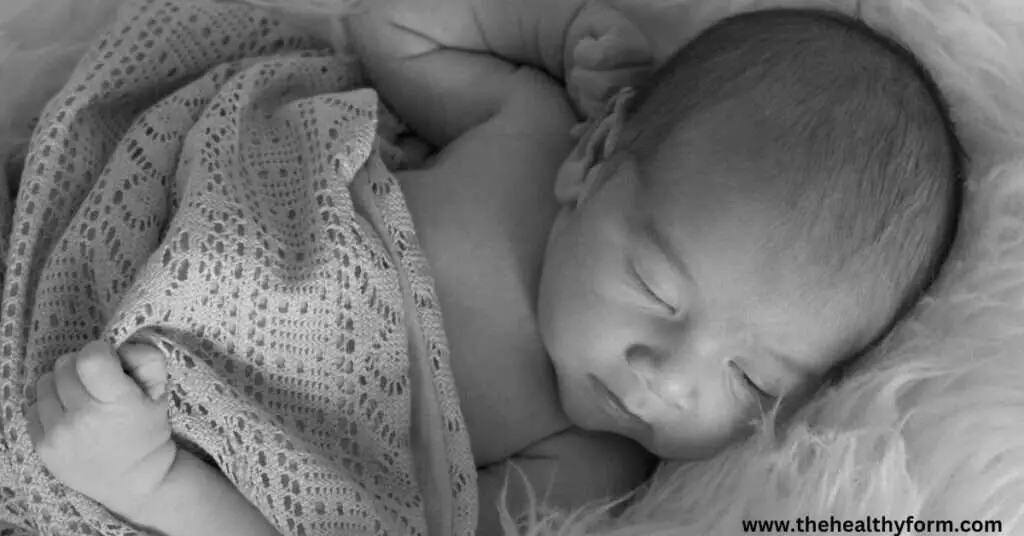
Creating a safe sleep space for your baby
Creating a safe sleep space for your baby involves more than following safe sleep guidelines. It also involves creating a comfortable and conducive environment for sleep. Some tips for creating a safe sleep space for your baby include:
- Keeping the room at a comfortable temperature, between 68 and 72 degrees Fahrenheit
- Using a firm and flat sleep surface, such as a crib or bassinet
- Using a fitted crib sheet to prevent loose bedding
- Avoiding soft objects and loose bedding,
Baby sleep hazards to avoid
Parents should be aware of several common baby sleep hazards and take steps to prevent them. These include:
- Overheating: Overheating can cause your baby to become uncomfortable and disrupt their sleep. Keep the room comfortable, and dress your baby in lightweight pajamas to prevent overheating. Avoid using heavy blankets or placing the baby near a heat source, such as a radiator or heater.
- Soft bedding: Loose bedding, such as blankets and bumper pads, can pose a suffocation risk for infants. Following the AAP’s guidelines, prevent this hazard and use a firm, flat sleep surface without loose bedding.
- Sleeping on the stomach: While it may be tempting to let your baby sleep on their stomach, this position has been linked to an increased risk of SIDS. Always place your baby on their back to sleep.
- Sharing a bed: While it may be tempting to have your baby sleep in the same bed as you, it is not recommended due to the risk of suffocation. The AAP recommends that infants sleep in a separate crib or bassinet in the same room as the parents for the first six months.
- Unsecured furniture: Ensure all furniture in your baby’s room is securely anchored to the wall to prevent it from tipping over and causing injury.
- Small objects: Keep small objects, such as toys and pacifiers, out of your baby’s reach to prevent choking.
- Chemical hazards: Be aware of any chemicals in your home that may be hazardous to your baby, such as cleaning products and medications. Keep them out of reach and follow proper storage guidelines.
How do we prevent common baby sleep hazards?
Follow the AAP’s recommendations and utilize safe sleep items, such as a fitted crib sheet and a baby monitor, to prevent common baby sleep dangers. Check your baby’s sleeping area frequently for any potential risks and take action to get rid of them. Maintain little objects out of reach and ensure all furniture is firmly fastened to the wall. Avoid using loose bedding to reduce overheating, and outfit your kid in light pajamas. Always put your infant to sleep on their back and position them according to the rules.
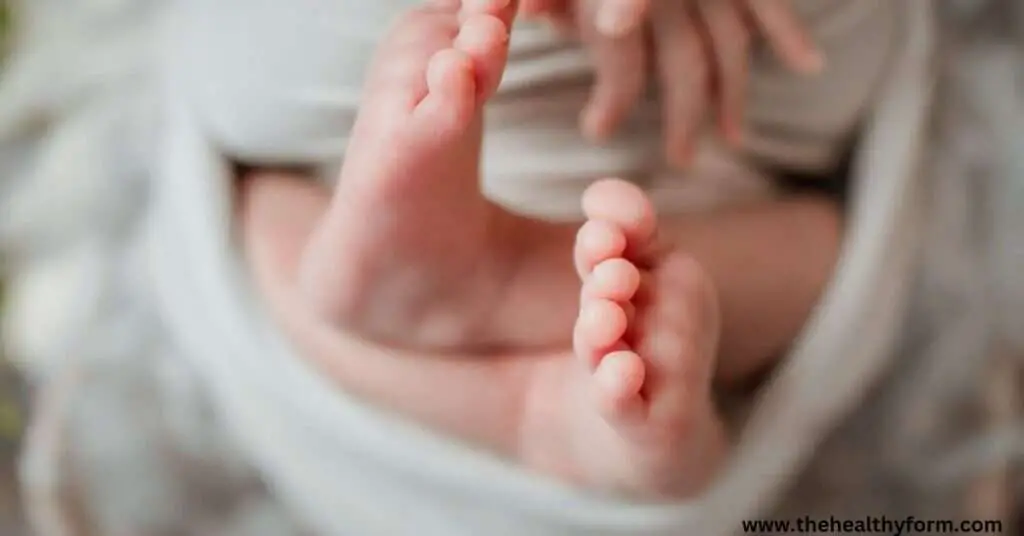
Baby sleep safety tips
To keep your baby safe while sleeping, there are several practical tips you can follow:
- Follow the AAP’s safe sleep guidelines, including placing your baby on their back to sleep and using a firm and flat sleep surface.
- Use a fitted crib sheet to prevent loose bedding.
- Dress your baby in lightweight pajamas to prevent overheating.
- Keep the room comfortable, between 68 and 72 degrees Fahrenheit.
- Avoid smoking during pregnancy and around the baby.
- Use a pacifier to reduce the risk of SIDS.
- Keep small objects, such as toys and pacifiers, out of reach to prevent choking.
- Regularly check your baby’s sleep environment for any potential hazards and take steps to remove them.
The role of baby sleep accessories in promoting sleep safety
Several baby sleep accessories can help promote sleep safety. These include:
- Baby monitor: A baby monitor allows you to listen for any noises or movements from your baby’s room, alerting you if they are in distress.
- Fitted crib sheet: A fitted crib sheet helps keep loose bedding out of your baby’s sleep area, reducing the risk of suffocation.
- Sleep sack: A sleep sack is a wearable blanket that helps keep your baby warm and secure while they sleep without the risk of loose bedding.
- Temperature monitor: A temperature monitor can help keep the room comfortable, ensuring your baby doesn’t get too hot or cold while sleeping.
Using these baby sleep accessories and following the tips above can help ensure your baby’s sleep environment is as safe as possible.
Baby sleep products for safety
Many baby sleep products on the market claim to promote safety, but it’s important to choose products backed by research and meet safety standards. Some of the best baby sleep products for safety include:
- Firm and flat sleep surface: The American Academy of Pediatrics (AAP) recommends using a firm and flat sleep surface, such as a crib or bassinet, to reduce the risk of SIDS.
- Fitted crib sheet: A fitted crib sheet helps keep loose bedding out of your baby’s sleep area, reducing the risk of suffocation.
- Sleep sack: A sleep sack is a wearable blanket that helps keep your baby warm and secure while they sleep without the risk of loose bedding.
- Baby monitor: A baby monitor allows you to listen for any noises or movements from your baby’s room, alerting you if they are in distress.
- Temperature monitor: A temperature monitor can help keep the room comfortable, ensuring your baby doesn’t get too hot or cold while sleeping.
How do you choose safe baby sleep products?
When choosing baby sleep products, there are a few things to consider to ensure you are selecting safe products:
- Look for products that meet safety standards: Choose products that meet safety standards, such as those set by the Consumer Product Safety Commission (CPSC) or the Juvenile Products Manufacturers Association (JPMA).
- Check for product recalls: Regularly search the CPSC website or sign up for recall alerts.
- Read reviews: Look for reviews from other parents and consider their experiences with the product.
- Follow the manufacturer’s instructions: Always follow the manufacturer’s instructions to ensure the product is used safely.
Considering these factors, you can help ensure you choose safe baby sleep products for your little one.
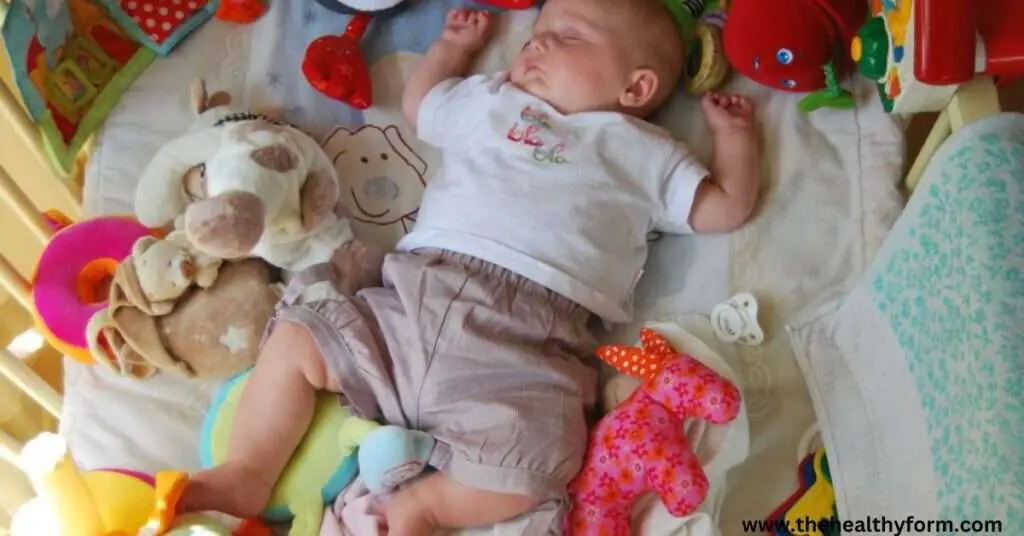
FAQs about Safe Sleep Environment
Here are some of the most common questions people have about Safe Sleep Environment are:
What is a safe sleep environment for babies?
A safe sleep environment for babies is where they can sleep peacefully and safely without the risk of suffocation or other hazards. This typically includes a firm, flat sleeping surface (such as a crib or bassinet), a fitted sheet, and no soft objects or loose bedding in the sleeping area.
Can I use a blanket in my baby’s crib?
No, using a blanket in a baby’s crib is not recommended as it poses a risk of suffocation. Instead, parents can use a sleep sack or wearable blanket to keep their baby warm.
Can I use a pacifier to help my baby sleep?
Yes, using a pacifier can help reduce the risk of SIDS, according to the AAP. However, parents should not force their baby to take a pacifier and should not reinsert it if it falls out during sleep.
Conclusion
Baby health and well-being depend on you providing a secure sleeping environment. You can lessen the risk of SIDS by adhering to safe sleep practices, such as putting your baby on their back and utilizing a solid, flat sleep surface. Baby sleep accessories like fitted crib sheets, sleep sacks, and temperature monitors can also assist in making your baby’s room safer for them to rest.
Always keep an eye out for any potential dangers in your baby’s sleeping space and take action to eliminate them. And don’t be hesitant to ask for help and guidance from dependable people, like your doctor or a parenting support group. Creating a safe sleep environment for your baby can give you peace of mind and help ensure your little one gets the rest they need to grow and thrive.

